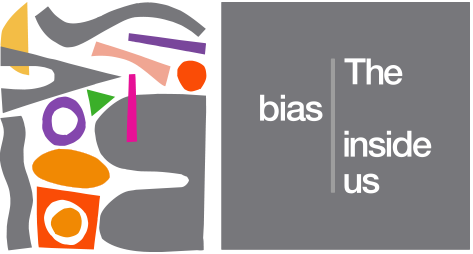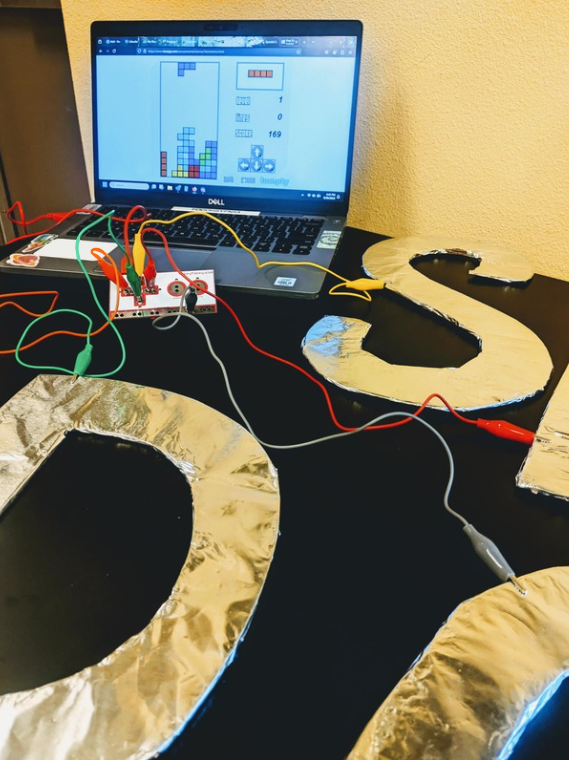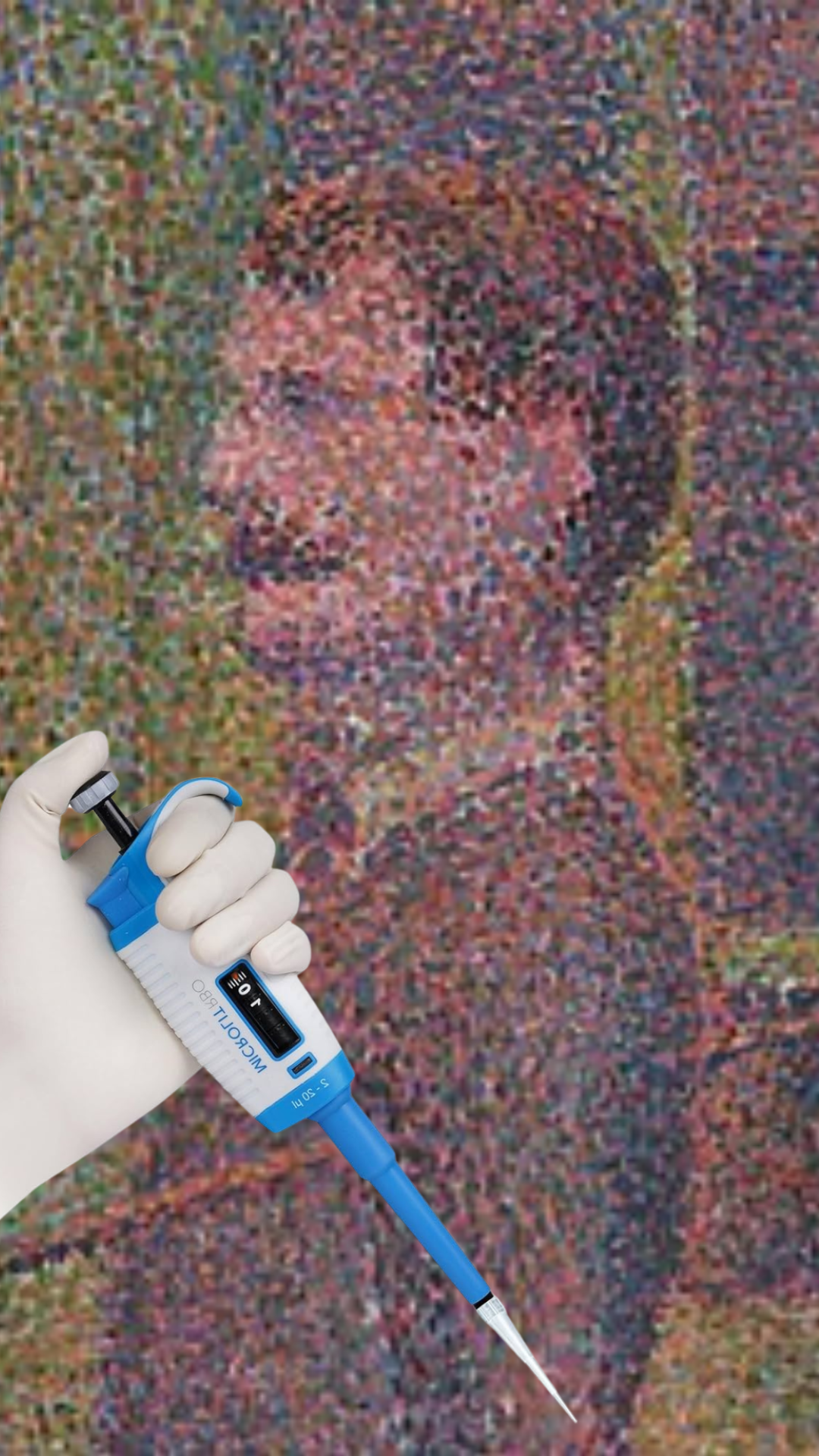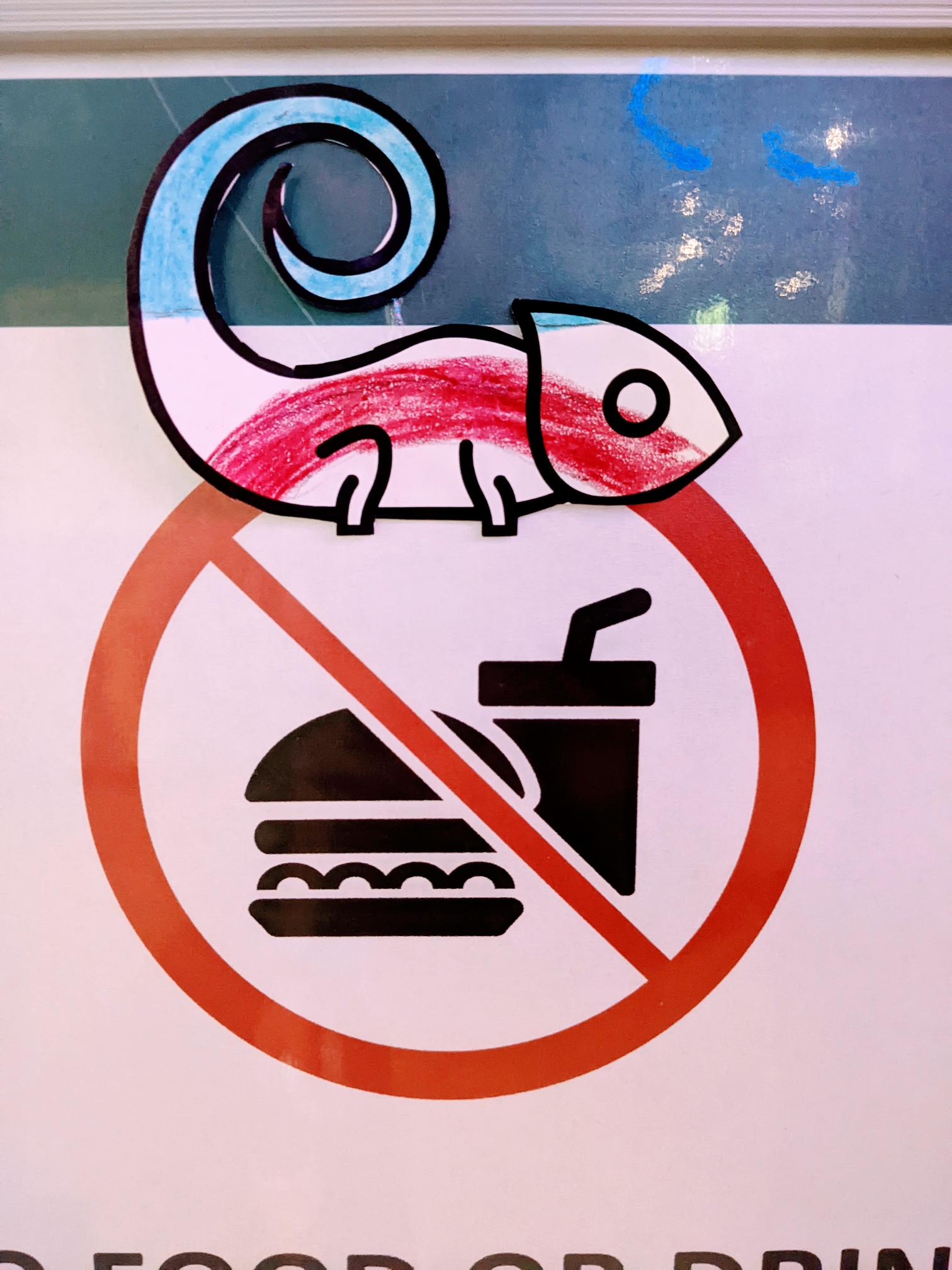At the end of this month, Fort Collins will be participating in City Nature Challenge; are you ready?
City Nature Challenge is a friendly competition between cities all over the world to see who can rally their population to log the most observations in iNaturalist in a set period of time. This year, City Nature Challenge is happening from April 25-28.
Joining the Fort Collins City Nature Challenge team is easy!
- Download the iNaturalist app
- Optional: You can also download Seek by iNaturalist, which has an in-app camera that helps identify species you point it at, and connects to your iNaturalist account
- Get outside the weekend of April 25th
- Upload pictures of plants, animals, bugs, or fungus to your iNaturalist account
Any observations uploaded to iNaturalist from within Fort Collins city limits between April 25th-28th will automatically count toward our score.
You can visit the City Nature Challenge project in iNaturalist by clicking here for all the details.
To learn more about how to use iNaturalist to contribute to ongoing biodiversity research, click through the link below!
iNaturalist and Participatory Science
Continue Reading





